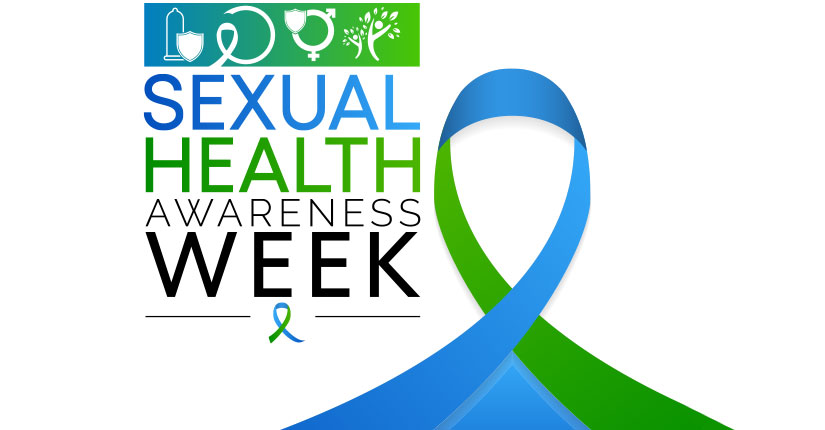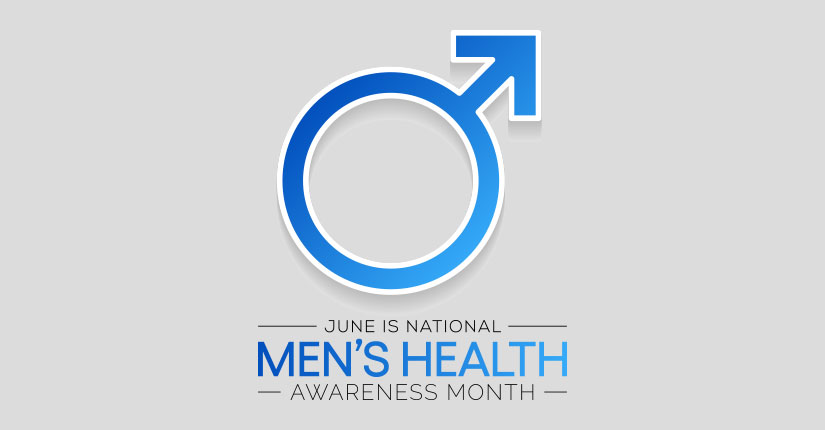Fake Facts: 5 Myths About Sexual Health That People Still Believe
By Nmami Agarwal 14-Feb 2022 Reading Time: 4 Mins

Myths about sexual health are more common than you think, although the shift towards sex education is on the positive, there is still a lot of room for improvement.
Many teenagers still don’t have adequate formal instruction about contraception. There are many areas of confusion like contraction of STIs (sexually transmitted infections), maintaining sexual hygiene, pregnancy, options of birth control and prevention of unwanted pregnancy. There is a lot to know about sexual health and there is not sufficient information out there.
Here are some of the common myths revolving around sexual health-
1- Infertility is much more common among women
Infertility doesn’t affect only women, there are multiple instances where both the male and female contribute equally to infertility.
Some common reasons for infertility in males include abnormal sperm production, exposure to certain environmental factors, damage due to cancer and problems with the delivery of sperm. Reasons for infertility in females can be ovulation disorders, uterine or cervical abnormality, blocked fallopian tube, endometriosis, early menopause, adhesions in the pelvic or cancer-related damage.
2- Men reach their sexual peak at a younger age than women
It is believed that men and women have different sexual peaks, or ages when they perform their sexual activities best. For example, testosterone levels peak at 19, and women’s estrogen levels, peak at mid-to-late 20s, but sexual desire, performance and frequency are all variables that are related to other factors besides age.
3- Sperms survive for a short while after ejected
After ejaculation, sperm can live up to five days, in the female reproductive tract even after thoroughly cleaning herself, therefore there are chances of the female getting pregnant if she is near her “fertility window” during that period, or is near her ovulation period.
4- STIs
There is a myth that you can’t get STI from oral or anal sex, there are chances of STIs from close intimacy with the partner. Using protection during any sexual activity is proven to lower your risk of getting STIs, like latex condoms. STIs are possible in any kind of sex, be it, vaginal, oral, or anal.
5- The withdrawal method is effective in preventing pregnancy
The “pull out” is a natural method of contraceptive, where withdrawal is preferred rather than a condom when pregnancy is not desired. This is a myth because a male’s pre-ejaculatory fluid can also lead to pregnancy, as these fluids contain sperm cells- making conception possible even if the withdrawal method is used.
Footnote
Many myths are surrounding the topic and therefore appropriate knowledge on the subject is a requirement for many young teenagers and adults who don’t understand their or their partner’s bodies yet and can’t differentiate between fact or fiction.




















